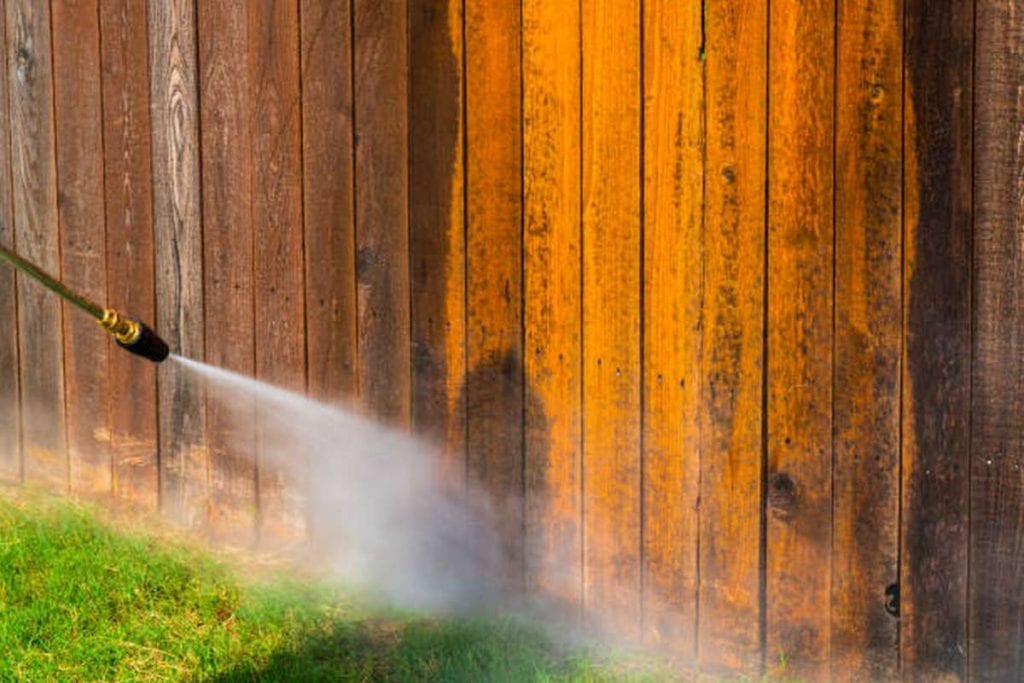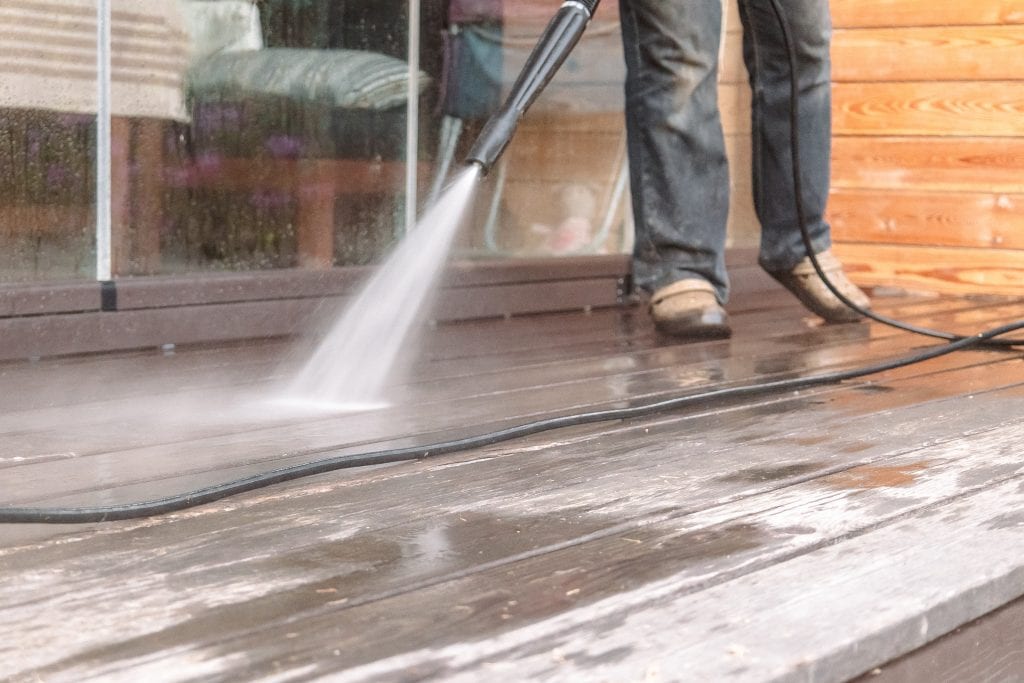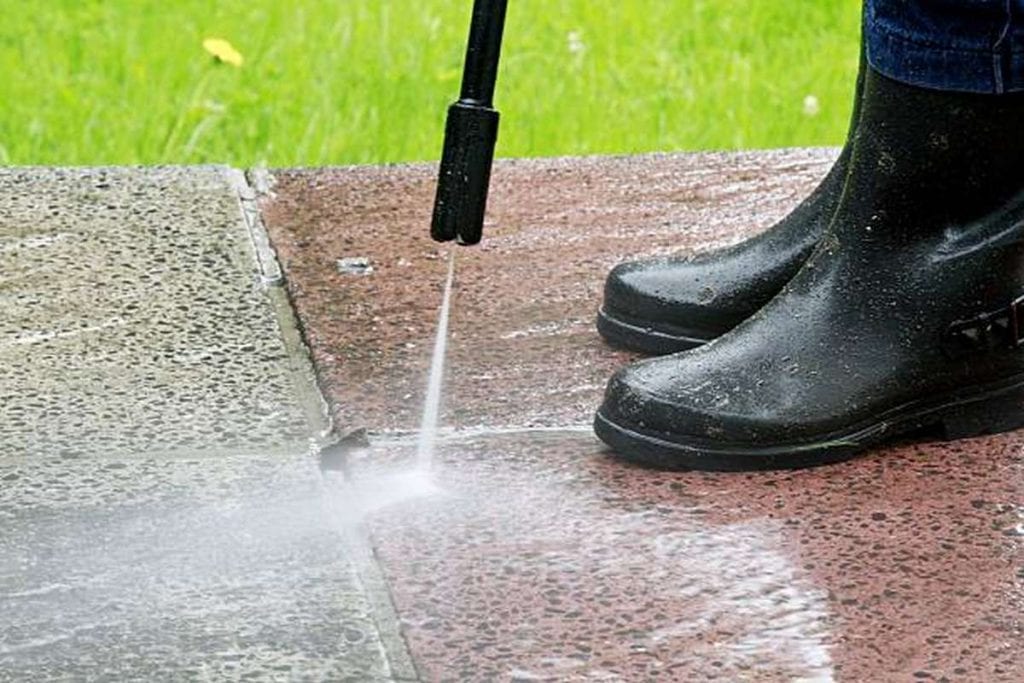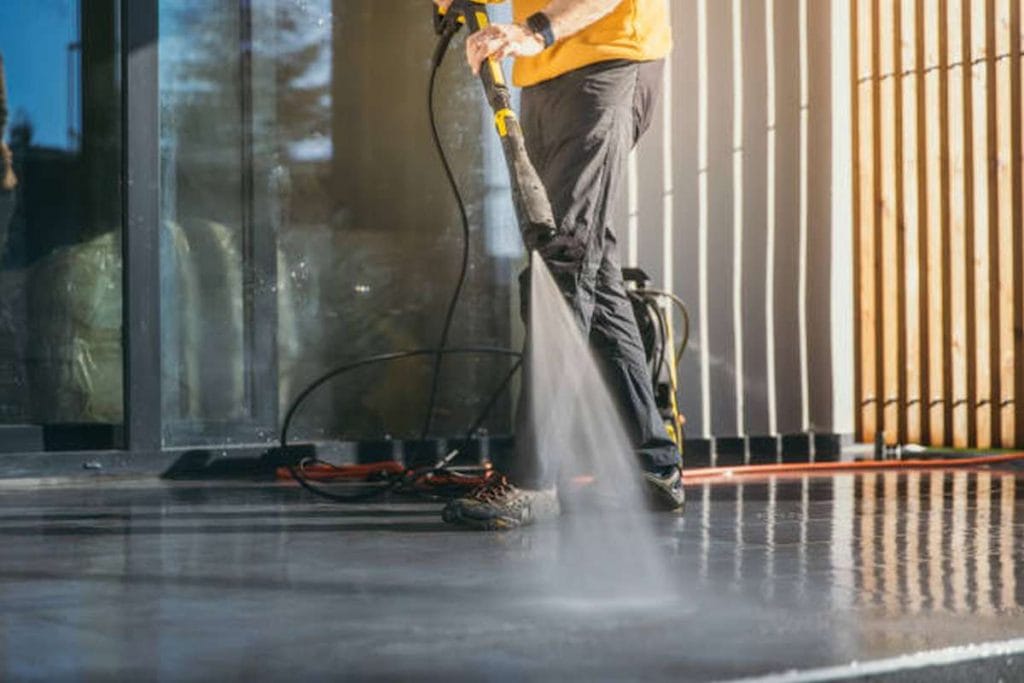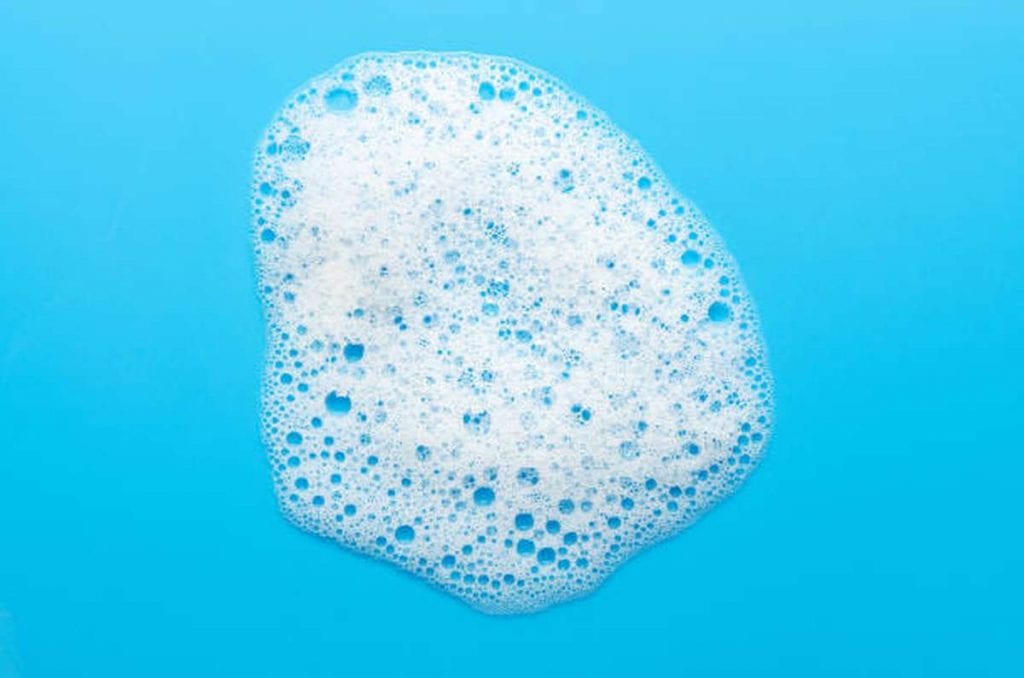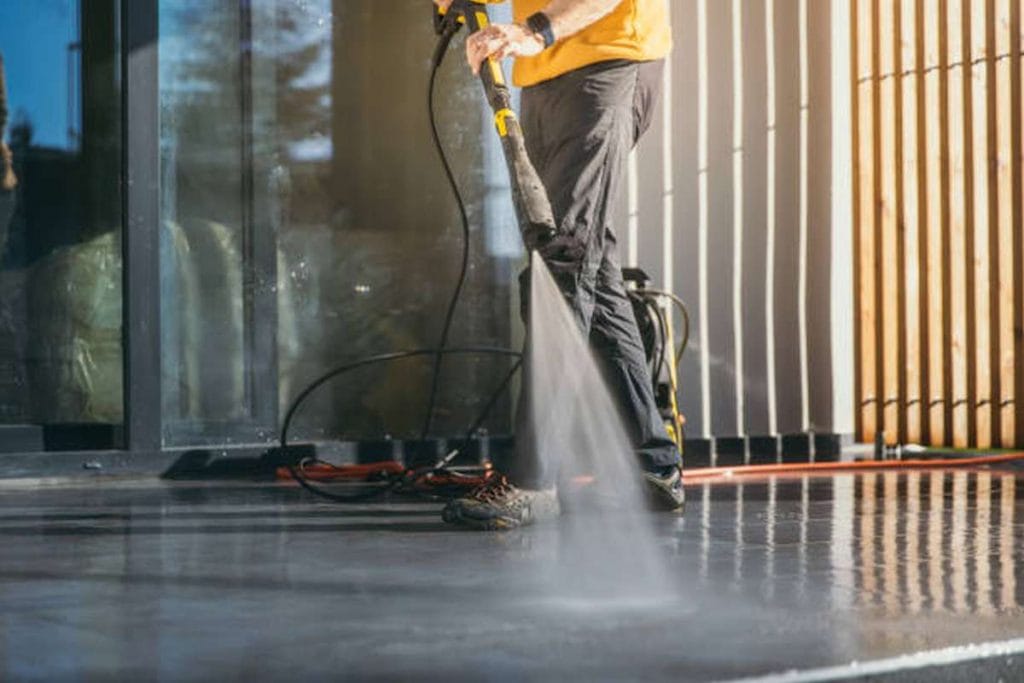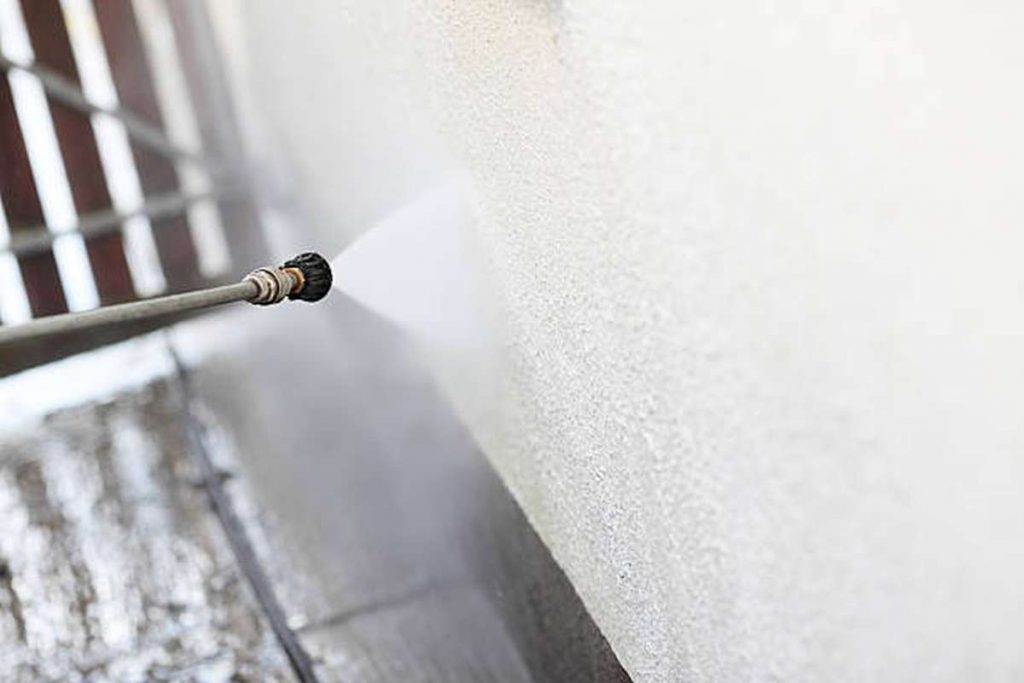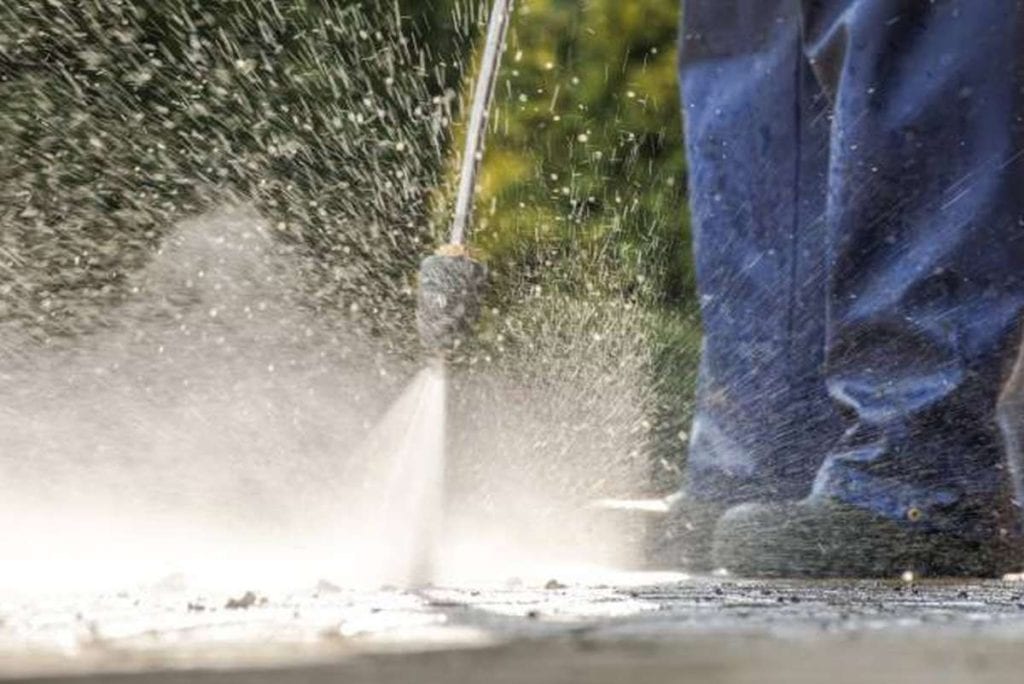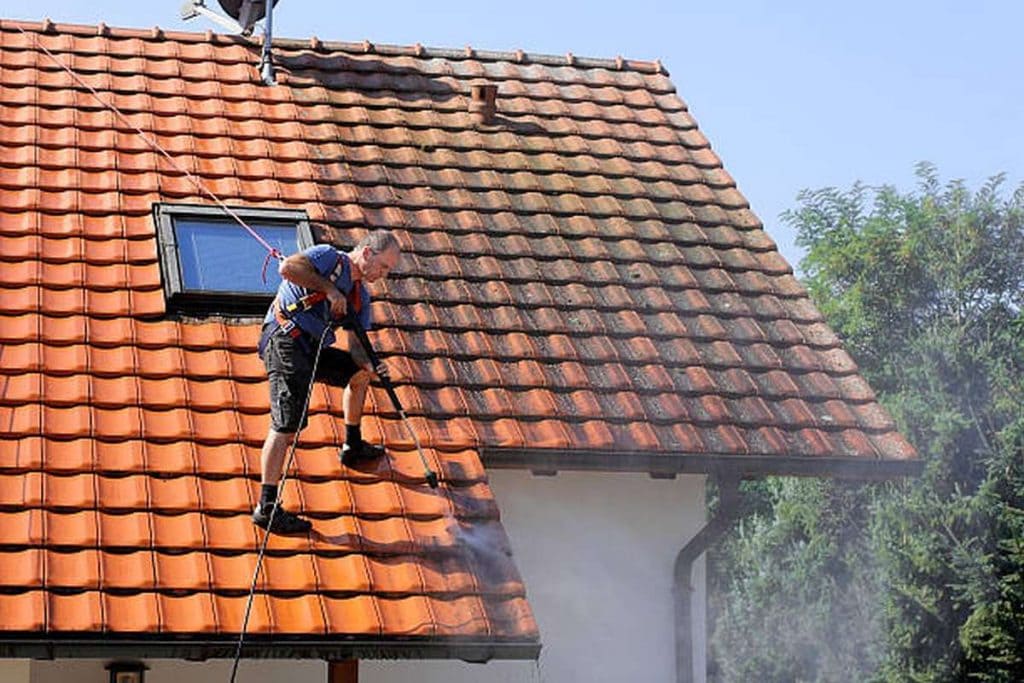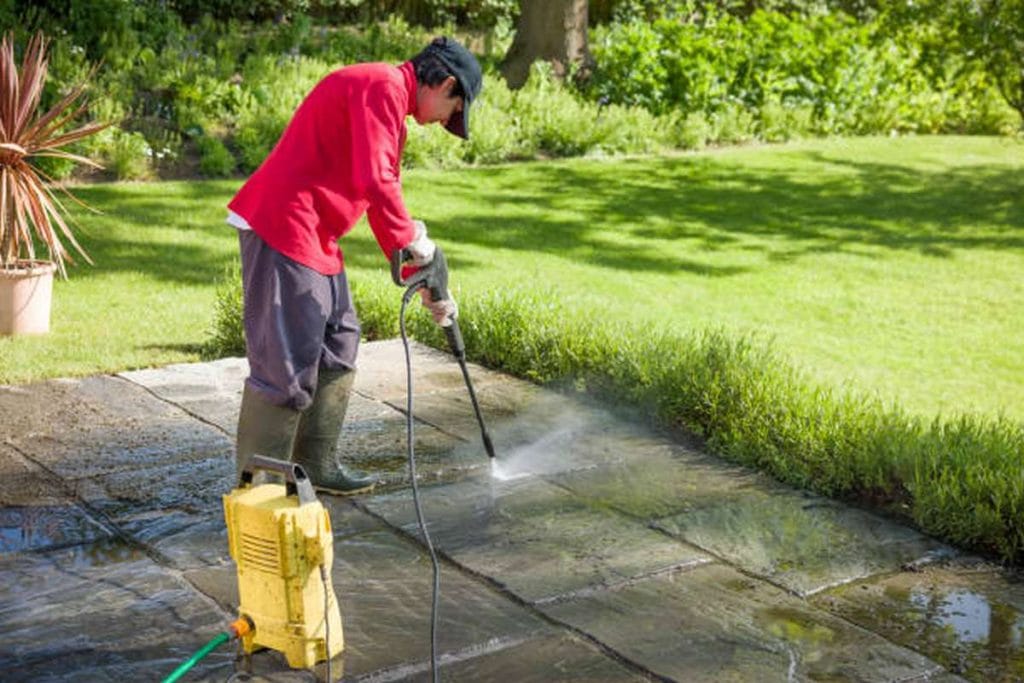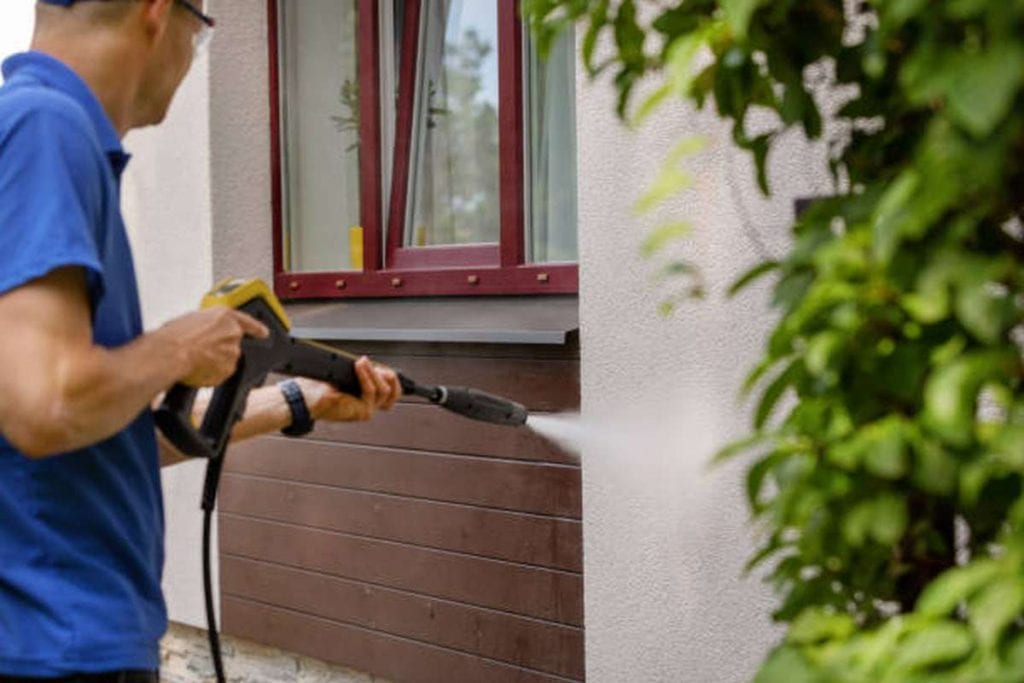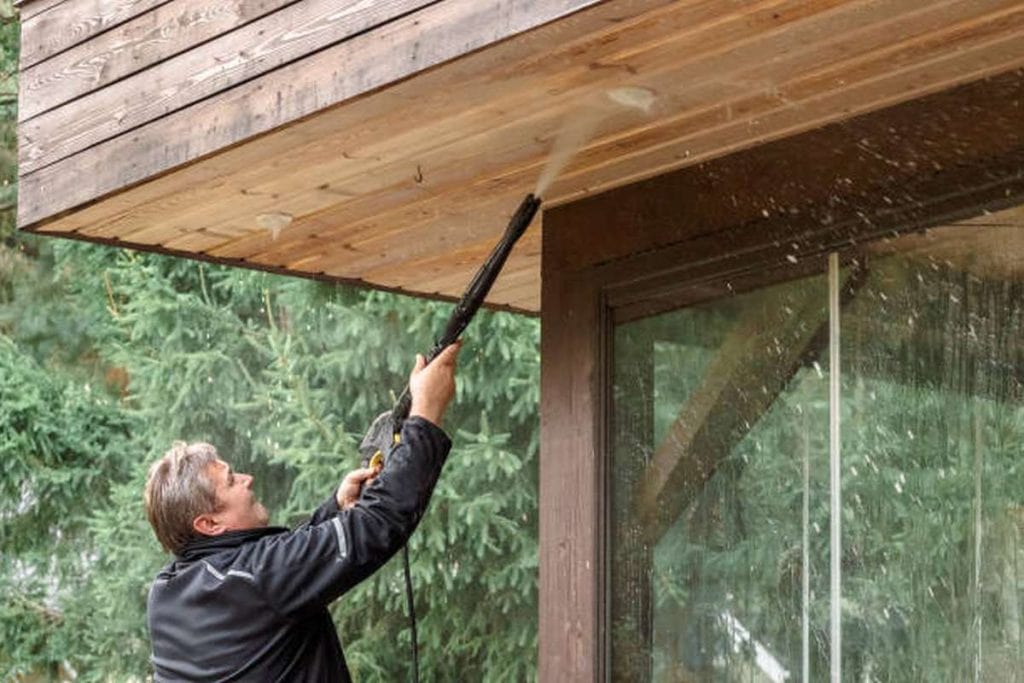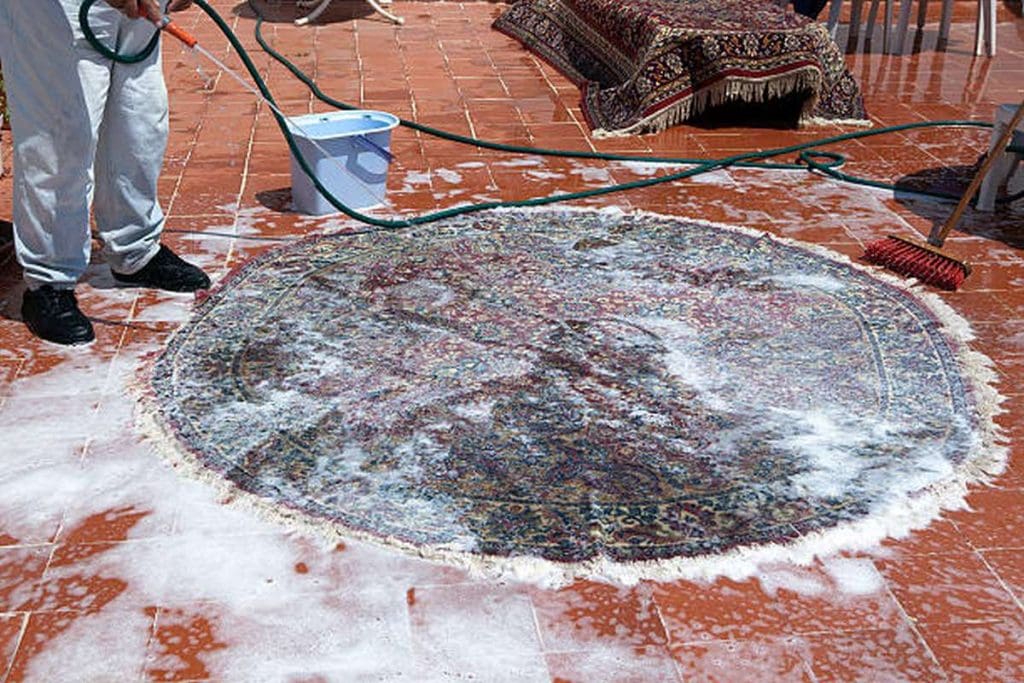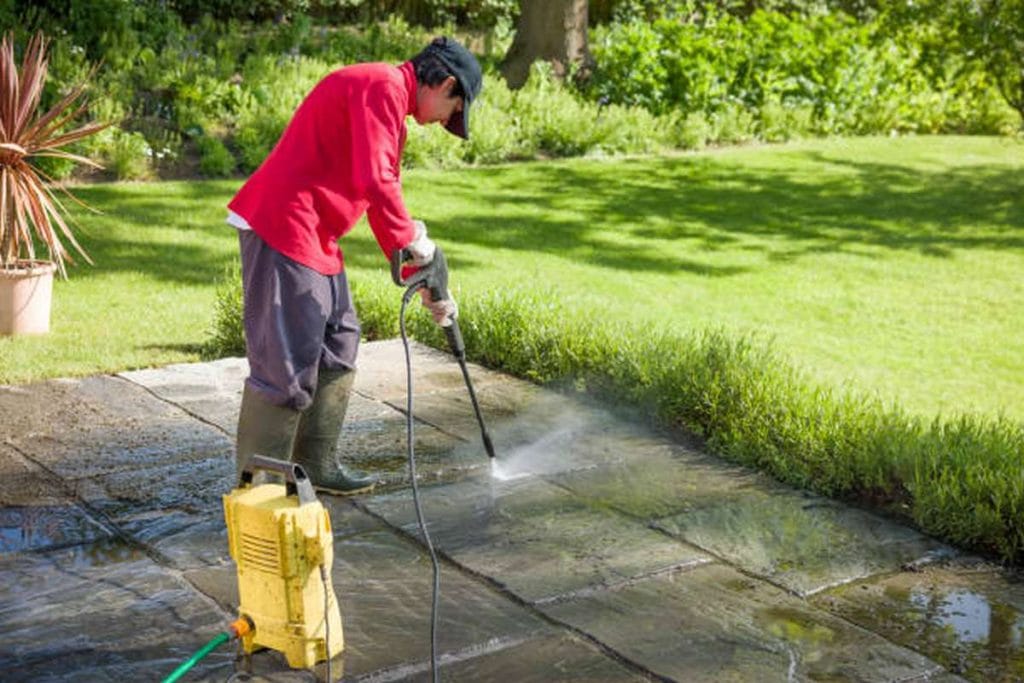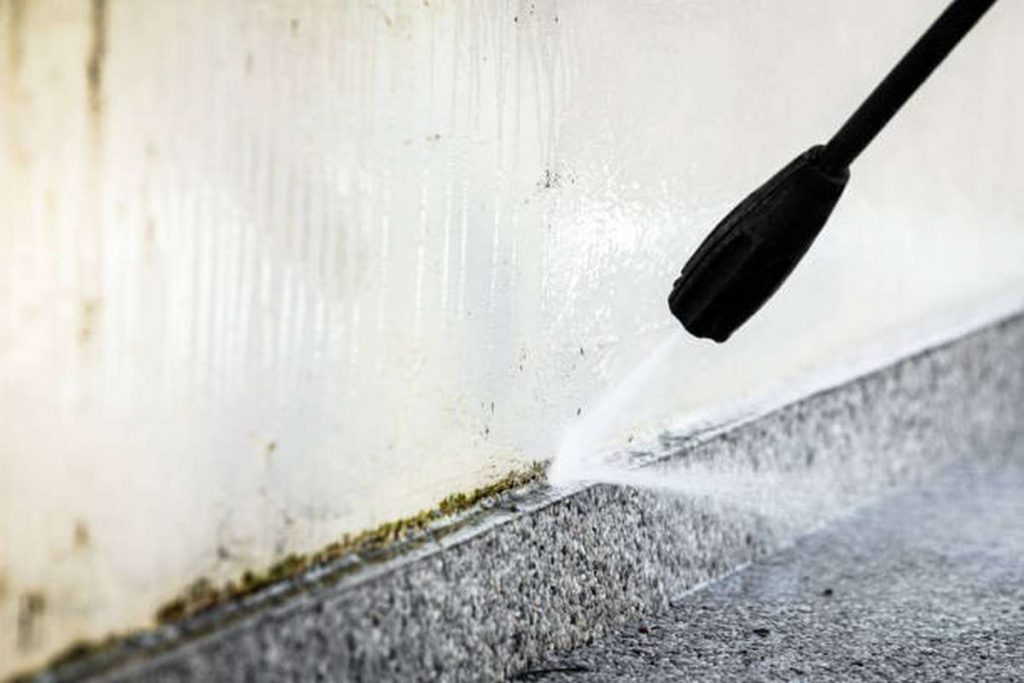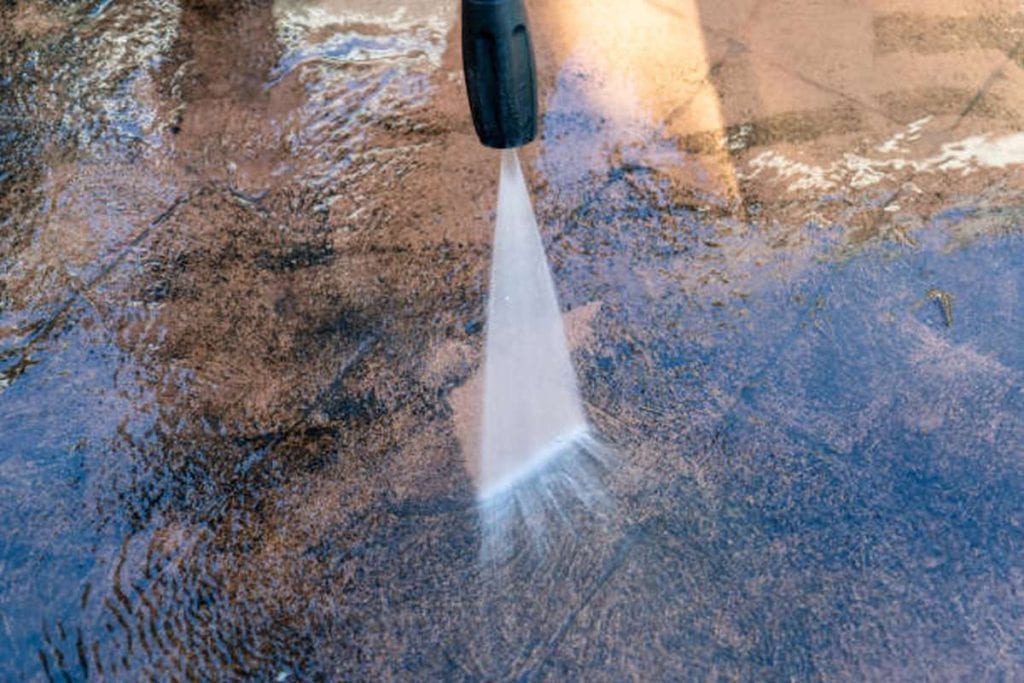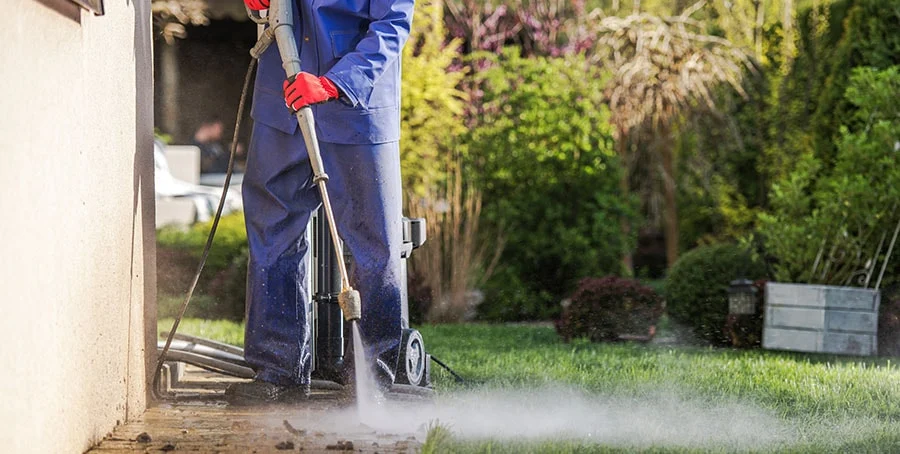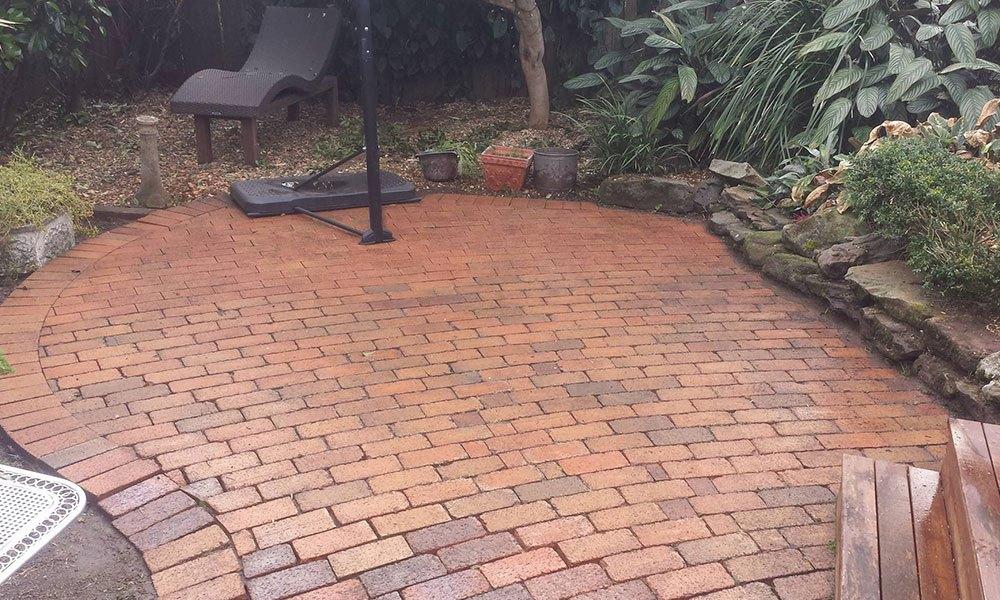It’s not always easy to know when mould and algae start appearing in your home, but one thing is certain - it needs to be dealt with quickly. Left untreated, these unwelcome growths can cause health problems or extensive damage that could really put a strain on your wallet.
Knowing how to spot the signs of mould and algae before they get out of hand and understanding what options you have can save you time, money and stress down the road.
In this blog post, we’ll provide helpful tips for recognizing the need for a mould and algae removal service so you can make informed decisions about protecting your most valuable asset - your home!
What Is Algae?
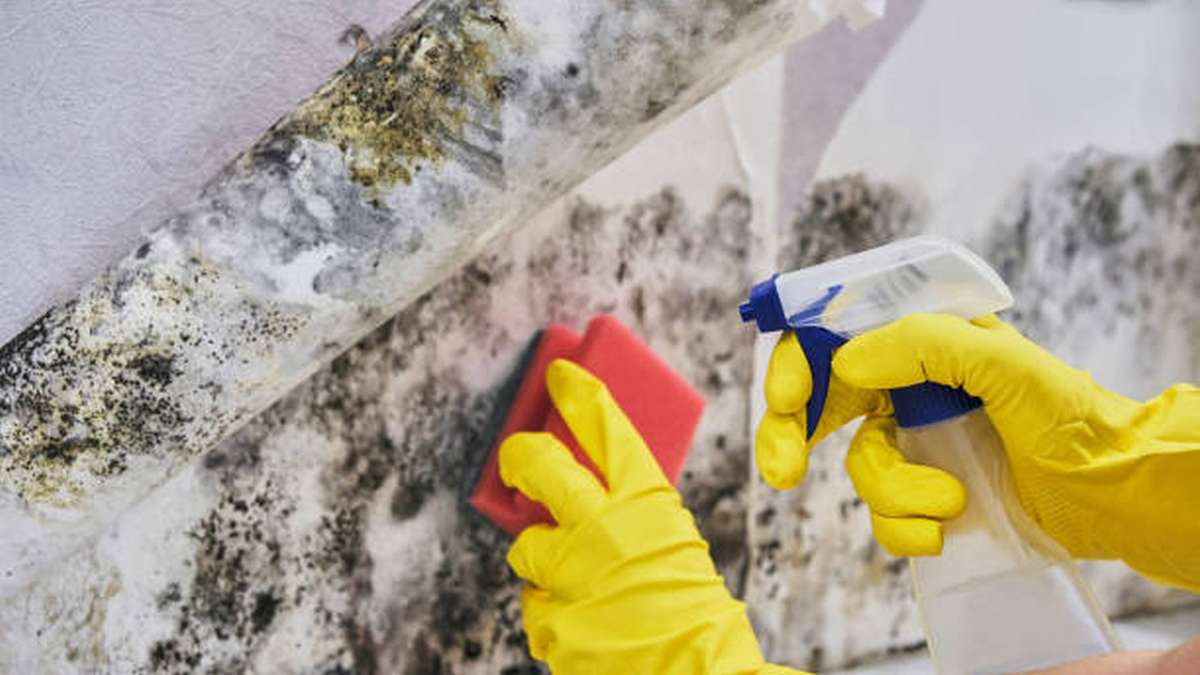
The scientific name for the algae that has taken up residence on your roof and other portions of your home is Gloeocapsa magma. As algae are light and floatable, it is easily carried from one roof to another. The algae will consume the limestone in your tiles, leaving a nasty black film behind.
The weight of the air causes the black residue to drip down your roof, creating an unsightly mess. Even worse, algae can cause the granules in your shingles to become loose and fall out. If the algae persists on the roof for a long time, you will need to replace it.
Algae will grow on the walls if your home doesn't get enough daylight. This is the norm for homes facing north. It is likely that algae growth is to blame if one part of your home is noticeably dirtier than the others.
While most people associate algae with water, those who have done quite so much power cleaning as we have to know that it also frequently appears on the exterior of houses. Indeed, algae may flourish in a wide variety of environments.
What Is Mould?
Fungi, not plants, are responsible for mould. It indicates it makes spores. Dimensionally, spores are between three and four microns. The average thickness of human hair ranges from 75 and 150 microns.
Mildew thrives in dark, moist places. For instance, mould thrives in the air gap between roof shingles and siding. The tiny spores can reproduce quite quickly.
The presence of mould in a home can be particularly hazardous for people with respiratory conditions such as asthma and mould allergies. It may cause you to cough or make your asthma worse. Possible side effects include nasal congestion, sore throats, itchy skin, and eye irritation.
If you see mould, you might picture stale bread or rotten fruit. Mould is bad, but having it in your home is far worse. It's harmful to your lungs and your belongings if it gets in there.
Do Health Issues Occur from Mould?
Indoor mould growth is uncommon unless spores settle on a moist surface. Moulds may be hazardous to one's health. Moulds are a health risk because they create allergies, irritants, and even poisonous compounds (mycotoxins). Those allergic to mould or spores may experience symptoms if exposed to either. Allergic reactions manifest themselves with classic hay fever symptoms such as watery eyes, itchy skin, and nasal congestion (dermatitis).
Mould allergy is a prevalent condition. They may happen right away or later. People who are allergic to mould may also get asthma episodes. Additionally, mould-allergic and non-allergic individuals can experience irritation to their eyes, skin, nose, mouth, or lungs when exposed to mould. Rarely do reports of surface mould exposure causing symptoms other than those of an allergic or irritating nature. The health implications of mould are still being studied.
How Can Mould And Algae Be Detected?
The claim that vinyl siding requires no upkeep is misleading. No exterior material is immune to the effects of algae and mould.
Learn some not-so-obvious ways to identify algae and mould:
- Look out for chronic diseases. Assume that there is mould on your roof if you see this.
- Find the internal indicators. Examine the ceiling seam for discolouration, an indicator of a leak. Paint that is flaking or bubbling is another indicator.
- Take note of scents. Musty odours that persist after you've ventilated a room or area may result from mould or algae growth up top or in the attic.
- Rooms that don't get a lot of natural light should be given special care. As a result of the low light levels, mould and algae thrive.
How Can I Protect My Home From Mould And Algae?
You may avoid problems with mould and algae by having your house power washed once a year. Our staff is well-trained, we only use the most effective cleaning products, and we take every precaution to safeguard your property.
- The greatest method to keep expenses down is to prevent a significant accumulation. Algae and mould thrive when wet spring weather meets hot summer weather. Therefore it's best to have your house power washed every year.
Here are some do-it-yourself strategies for protecting against mould and algae, in addition to employing experts:
- It would help if you gave your trees a trim. Leave at least a metre of space between your trees and your roof. We all know that too much moisture is unhealthy for us, and we also know that water that cannot evaporate due to overhanging branches is terrible.
- Always make sure your gutters are clear. Algae and mould will flourish in humid conditions.
- Your roof needs a moisture barrier. This keeps water out. Most of the time, this kind of technology is already installed on newer roofs.
- Please keep sprinklers away from your house. If your solar panels are getting wetter than usual, try moving your plants farther away from your house.
- Install soffit vents. They are placed on the sloping part of a roof to allow hot, moist air to escape the attic.
Cleaning Up After Mould Growth
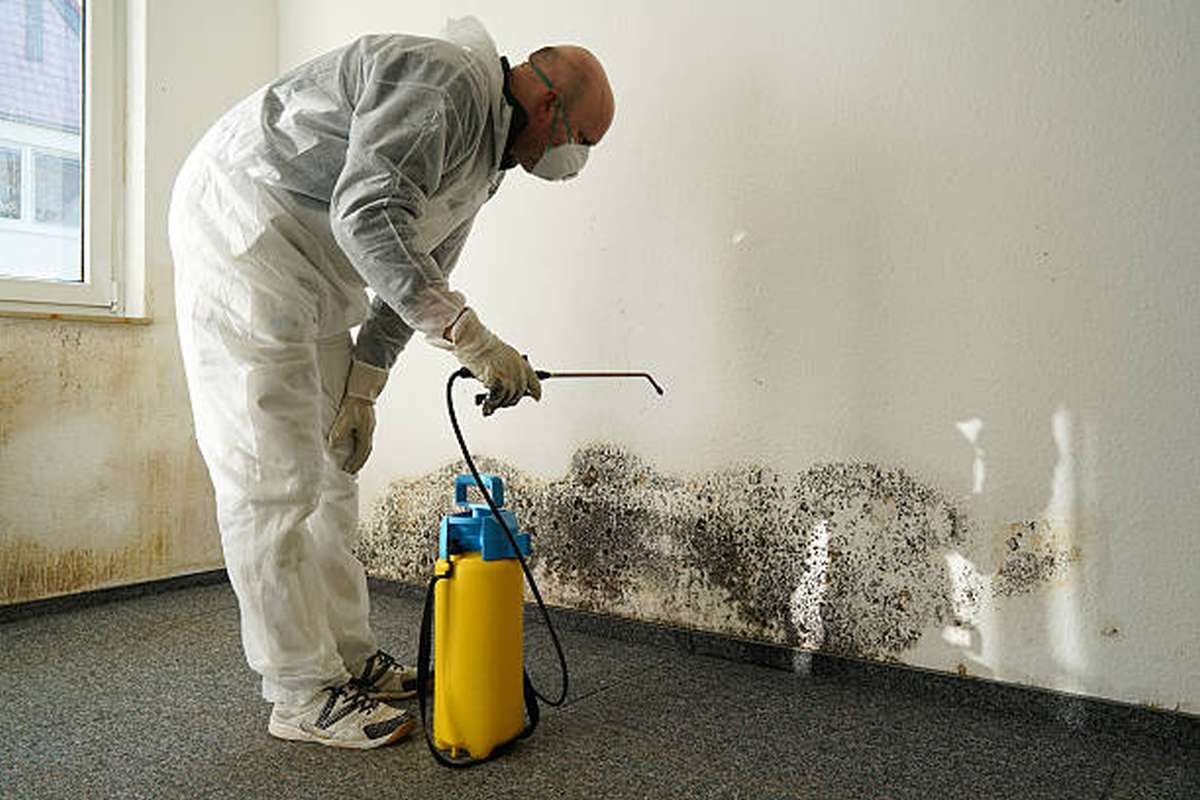
Inspection
Our mould inspectors will visit your home or business and conduct a visual investigation to determine the origin of the mould problem. Next, we will use moisture and humidity metres to pinpoint the source of any damp spots, inform you of our findings, and then recommend a course of action to resolve the issue permanently. The next step will be a comprehensive report including our investigation, diagnosis, and potential and practical treatments. Finally, if necessary, we can collect air and swab samples and ship them off to the lab, incubation, or culturing to assess the quantity and kind of mould present.
Correction
Water seepage from the subfloor, leaking pipes, a leaking roof, a leaking ceiling, or clogged gutters are all direct causes that must be addressed immediately. After we've inspected the situation, we'll let you know what has to be done. Drying the house with air movers before mould eradication is bad since the fans will help distribute mould spores around the house.
Removal
Initial treatment is a light misting with our mould-killing solution, which poses no health risks to humans or the environment. This chemical is a powerful disinfectant made entirely from natural materials. In other words, the chemical poses no health risk to allergy or asthma sufferers. Our one-of-a-kind chemical not only eradicates mould at the spore level but also leaves a protective barrier on treated surfaces to prevent further mould growth. This substance is then applied uniformly throughout all surfaces to provide complete coverage. Areas with obvious mould growth will receive special attention. Next, HEPA vacuums remove mould spores from all upholstered items, carpets, and rugs. We have 4-stage air purifiers running that remove 99.5% of airborne mould spores and germs while this is going on. This is essential for mould remediation because it prevents the spores from recirculating after they have been killed. Mould spores that have died are just as poisonous as active mould spores and can be used as a feeding supply for mould spores.
Dry Out
If there is any sign of moisture, it needs to be removed. To guarantee that your building's framework is dry, we shall deliver airflow movers (blowers) & dehumidifiers to the site. If this is not done, the mould will just spread. It's not a good idea to dry up the affected areas before the mould is removed since this could cause the spores to spread even more.
Prevention
The next step is to guarantee that the mould will not return. To accomplish this, the underlying reason must be addressed. We'll give you pointers on how to get there. Subfloor ventilation, increasing damp treatment, drainage enhancements, dehumidifier installation, gutter and downspout maintenance and repair, tree trimming, and bathroom ventilation are some of the most frequently required preventative maintenance tasks.
Conclusion
If left ignored, these unwanted growths can cause health problems or serious damage, putting a load on your finances. Because algae is light and floatable, it may be readily transported from one roof to another. Because of the weight of the air, the black residue drips down your roof, making an unattractive mess. Even worse, algae can loosen and fall out the granules in your tiles. Mould is unpleasant, but having it in your house is considerably more so.
If it goes into your lungs, it will hurt them as well as your things. Moulds are hazardous to one's health because they produce allergens, irritants, and even toxic substances (mycotoxins) Those who are allergic to mould or spores may develop symptoms if they are exposed to either. We know that too much moisture is bad for humans, and we also know that water that cannot evaporate owing to overhanging branches is bad. Mould inspectors will come to your house or business and perform a visual examination to establish the source of any moist patches. The initial treatment is a light misting of mould-killing solution, which offers no health or environmental dangers.
Mould spores that have died are just as toxic as active mould spores and can be utilised to feed mould spores. Some of the most common preventative maintenance jobs are subfloor ventilation, rising damp treatment, drainage enhancements, dehumidifier installation, gutter and downspout maintenance and repair, tree trimming, and bathroom ventilation.
Content Summary
- It's not always simple to tell when mould and algae appear in your home, but one thing is certain: they must be dealt with as soon as possible.
- If left ignored, these unwanted growths can cause health problems or serious damage, putting a load on your finances.
- Knowing how to detect mould and algae before they become a problem and understanding your alternatives will save you time, money, and stress in the long run.
- We'll share useful advice for recognising the need for a mould and algae removal service in this blog post so you can make informed decisions about safeguarding your most valuable asset - your house!
- Gloeocapsa magma is the scientific name for the algae that has colonised your roof and other parts of your home.
- Because algae is light and floatable, it may be readily transported from one roof to another.
- The algae will eat away at the limestone in your tiles, leaving behind an unpleasant black coating.
- Because of the weight of the air, the black residue drips down your roof, making an unattractive mess.
- Even worse, algae can loosen and fall out the granules in your tiles.
- If the algae remains on the roof for an extended period of time, you will need to replace it.
- If your home does not get enough sunlight, algae will form on the walls.
- This is typical of residences facing north.
- If one portion of your house is substantially dirtier than the others, algae development is most likely to blame.
- While most people equate algae with water, those who have done as much power cleaning as we have know that it can also be found on the outside of houses.
- Algae may thrive in a wide range of settings.
- Mould is caused by fungi, not plants.
- It signifies that it produces spores.
- Spores have a diameter of three to four microns.
- Human hair has an average thickness of 75 to 150 microns.
- Nasal congestion, sore throats, itchy skin, and eye irritation are all possible side effects.
- Mould may conjure up images of stale bread or rotten fruit.
- Mould is unpleasant, but having it in your house is considerably more so.
- If it goes into your lungs, it will hurt them as well as your things.
- Unless spores drop on a moist surface, indoor mould growth is unusual.
- Moulds can be harmful to your health.
- Moulds are hazardous to one's health because they produce allergens, irritants, and even toxic substances (mycotoxins).
- Those who are allergic to mould or spores may develop symptoms if they are exposed to either.
- Allergic reactions cause characteristic hay fever symptoms such as watery eyes, itchy skin, and nasal congestion (dermatitis).
- Mould allergies are a common problem.
- They may occur immediately or later.
- People who are allergic to mould may experience asthma attacks.
- When exposed to mould, both allergic and non-allergic people can experience discomfort to their eyes, skin, nose, mouth, or lungs.
- Surface mould exposure is rarely reported to cause symptoms other than allergic or irritated reactions.
- Mould's health effects are still being researched.
- The argument that vinyl siding requires no maintenance is deceptive.
- There is no exterior material that is impervious to the impacts of algae and mould.
- Learn some unconventional methods for identifying algae and mould:
- Keep an eye out for chronic conditions.
- If you see this, assume you have mould on your roof.
- Examine the ceiling seam for discoloration, which could indicate a leak.
- Another clue is flaking or bubbling paint.
- Take note of the smells.
- Musty odours that persist after ventilating a room or area may be caused by mould or algae growth on the roof or in the attic.
- In addition to hiring professionals, here are some do-it-yourself mould and algae prevention strategies:
- It would be beneficial if you trimmed your trees.
- Allow at least a metre between your trees and your roof.
- We are all aware that excessive wetness is bad for us, and that water that cannot evaporate owing to overhanging trees is even worse.
- Make sure your gutters are always clear.
- In humid circumstances, algae and mould thrive.
- A moisture barrier is required for your roof.
- This prevents water from entering.
- This type of equipment is usually already installed on newer roofs.
- Keep sprinklers away from your home.
- If your solar panels are getting wetter than usual, try shifting your plants away from your home.
- Soffit vents should be installed.
- They are installed on a sloping roof to allow hot, damp air to escape from the attic.
- Our mould inspectors will come to your home or company and perform a visual inspection to discover the source of the mould problem.
- Following that, we will utilise moisture and humidity metres to determine the source of any damp areas, notify you of our findings, and then recommend a plan of action to permanently cure the issue.
- The following stage will be a detailed report that includes our research, diagnosis, and prospective and feasible therapies.
- Finally, if necessary, we can take air and swab samples and transport them to the lab for analysis, incubation, or culturing to determine the amount and kind of mould present.
- Water seepage through the flooring, leaking pipes, a leaking roof, a leaking ceiling, or blocked gutters are all immediate problems that must be remedied.
- We'll let you know what has to be done after we inspect the problem.
- Drying the property with air movers prior to mould removal is a terrible idea because the fans will help spread mould spores around the house.
- The initial treatment is a light spritz with our mould-killing chemical, which offers no health or environmental dangers.
- Mould-infested areas will be given extra care.
- Following that, HEPA vacuums are used to eliminate mould spores from all upholstered goods, carpets, and rugs.
- While this is happening, we have 4-stage air purifiers operating that eliminate 99.5% of airborne mould spores and pathogens.
- This is critical for mould cleanup because it keeps spores from recirculating after they have been killed.
- Mould spores that have died are just as toxic as active mould spores and can be utilised to feed mould spores.
- If there is any evidence of moisture, it must be eliminated.
- We will deliver airflow movers (blowers) and dehumidifiers to the site to ensure that the structure of your building is dry.
- If this is not done, the mould will just grow.
- It is not a good idea to dry up the afflicted areas before removing the mould because this may encourage the spores to spread even more.
- The next step is to ensure that the mould does not return.
- To do so, the fundamental cause must be addressed.
- Some of the most common preventative maintenance jobs are subfloor ventilation, rising damp treatment, drainage enhancements, dehumidifier installation, gutter and downspout maintenance and repair, tree trimming, and bathroom ventilation.
FAQs About Mould and Algae Removal
Use exhaust fans that vent outside your home in the kitchen and bathroom. Make sure your clothes dryer vents outside your home. Fix any leaks in your home's roof, walls, or plumbing so mould does not have moisture to grow. Clean up and dry out your home fully and quickly (within 24–48 hours) after a flood.
Bleach is very effective in killing mould spores and removing mould and mildew. After using bleach the surface is sanitised and resistant to mould growth. Unfortunately, just as with ammonia, bleach is only effective on non-porous surfaces and materials.
To prevent mould and algae growth in your home, you should keep humidity levels low, ensure proper ventilation, fix any leaks, and address any flooding issues immediately. Additionally, clean and maintain surfaces that are exposed to moisture regularly, and keep the home well-insulated.
Common methods for removing mould and algae from a home include cleaning with a mixture of water and detergent, using a mould-specific cleaner, or using a solution of bleach and water. In some cases, it may be necessary to hire a professional for more severe cases of mould growth.
Exposure to mould and algae can cause a range of health problems, including allergic reactions, respiratory issues, and even infections. It is important to address any mould or algae growth in your home as soon as possible to avoid these potential health risks.

